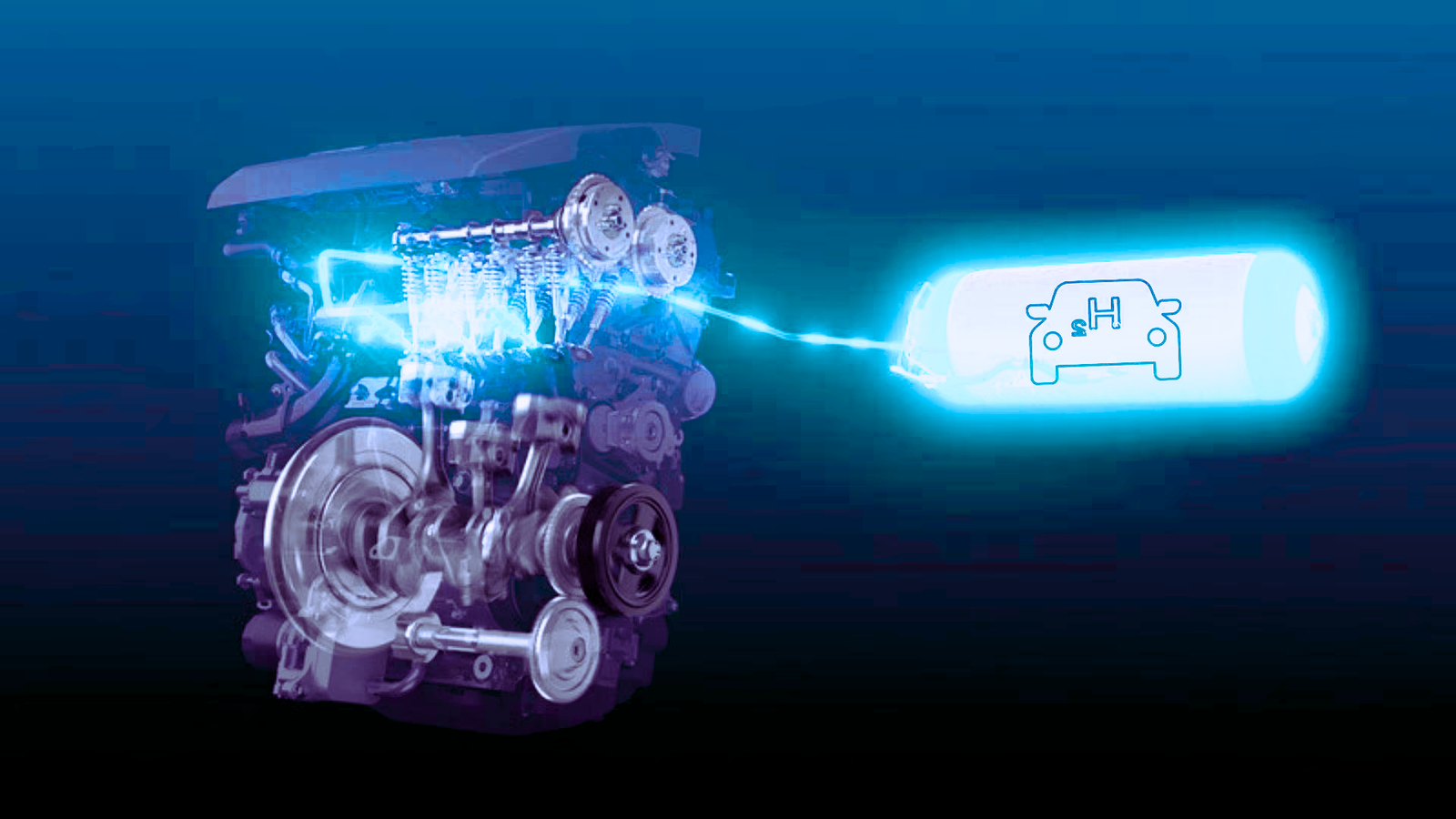
As the automotive industry races toward a greener future, hydrogen has emerged as a promising alternative to traditional fossil fuels. While much of the spotlight has been on hydrogen fuel cell vehicles, there’s another innovative technology gaining traction: the hydrogen internal combustion engine, or H2 ICE.
What is an H2 ICE?
A hydrogen internal combustion engine is a modified version of a traditional gasoline or diesel engine that runs on hydrogen gas. Instead of using liquid fossil fuels, it burns hydrogen in the same way that a conventional engine burns petrol—but with some important differences.
These engines operate by injecting hydrogen into the combustion chamber where it mixes with air. A spark plug ignites the mixture, causing combustion that powers the engine. The key difference? The primary byproduct is water vapor, not carbon dioxide.

A liquid hydrogen tank by Linde, Museum Autovision, Altlußheim, Germany
More info: Wikipedia – Hydrogen internal combustion engine vehicle
How is it Different from Hydrogen Fuel Cells?
While both use hydrogen, fuel cells convert hydrogen into electricity through an electrochemical reaction, powering electric motors. H2 ICEs, on the other hand, burn hydrogen directly in the engine. This makes them more mechanically similar to traditional engines, which can ease the transition for manufacturers and mechanics alike.
Learn more: Volvo Group – Hydrogen Combustion Engines
Advantages of H2 ICEs
- Lower CO2 Emissions: The combustion of hydrogen does not release carbon dioxide.
- Familiar Technology: Uses existing internal combustion engine architecture, reducing development costs.
- Fast Refueling: Like gasoline vehicles, hydrogen tanks can be refueled quickly.
Limitations and Challenges
- NOx Emissions: High-temperature combustion can produce nitrogen oxides, though this can be mitigated with advanced exhaust treatment systems (Siemens Simcenter).
- Hydrogen Storage: Hydrogen is difficult to store and transport due to its low density (FASTECH).
- Fuel Production: Most hydrogen today is produced from natural gas (grey hydrogen), which still emits CO2. The cleanest option, green hydrogen, is still relatively expensive and limited in supply (U.S. EIA, Hakai Magazine).
Future Outlook
H2 ICEs are not expected to dominate the passenger vehicle market, but they hold strong potential in sectors where electrification is challenging, such as heavy-duty trucks, agriculture, and construction. Companies like JCB, Cummins, and Volvo are already testing or deploying this technology.
In summary, hydrogen internal combustion engines offer a practical and transitional solution on the road to zero emissions. While not perfect, they provide a bridge between today’s fossil fuel engines and tomorrow’s fully green alternatives.
Stay tuned for our next post where we compare H2 ICEs to electric vehicles and hydrogen fuel cell cars!
- George Russell vence GP de Singapura 2025 e McLaren conquista título de Construtores da F1 - 05/10/2025
- Ford estabelece recorde de recalls: 1,9 milhões de veículos afetados e multa de US$ 1,65 mil milhões - 02/10/2025
- Redesign do Nissan Sentra para 2026 surpreende com grandes alterações - 24/09/2025






